
The Fantastic Fungi Mushroom Zodiac Chart
With so many mushroom varieties out there, how can you find the one(s) that best align with your personality, goals and lifestyle? While we’re of the belief that there is no wrong choice when it co...
Read more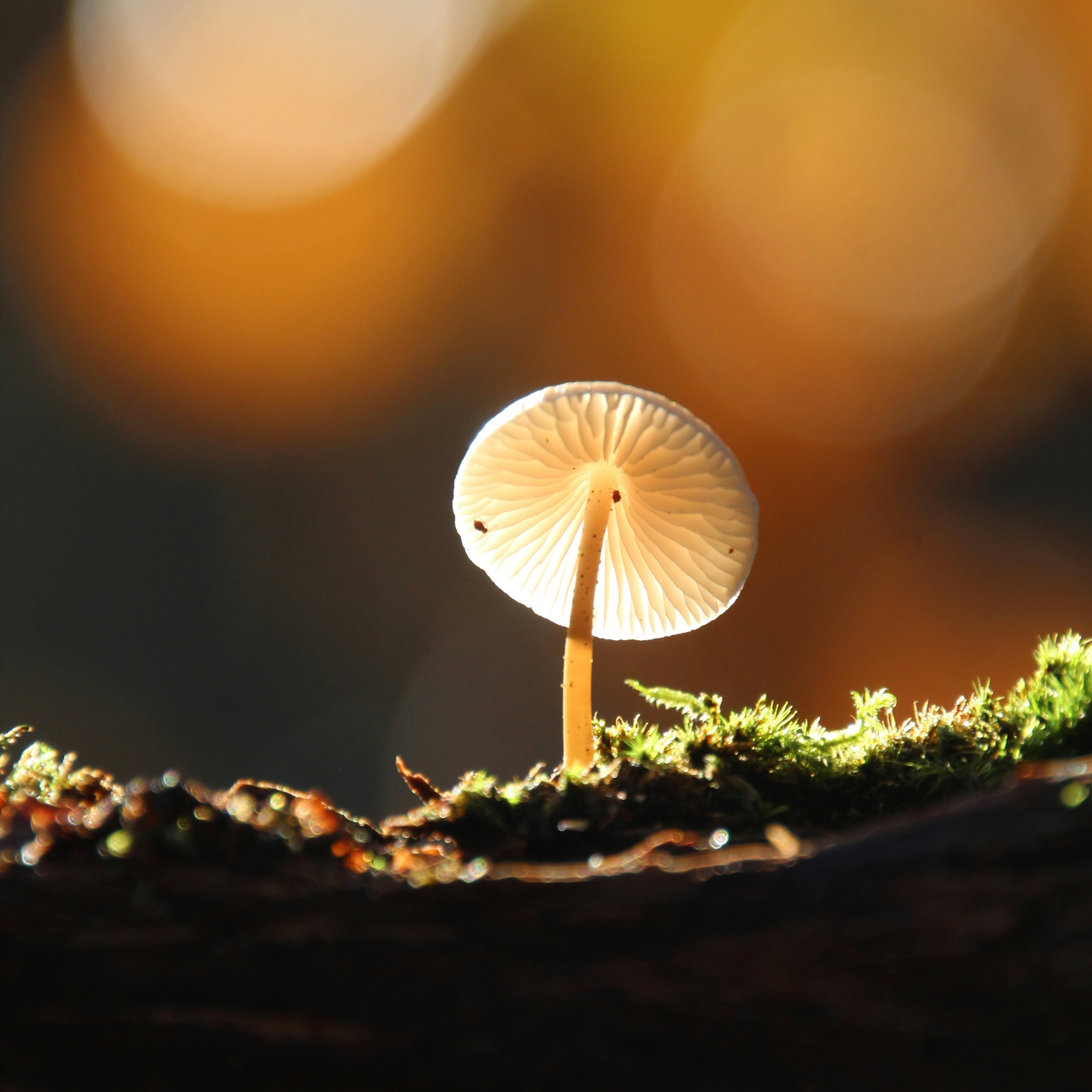
News Roundup: 6 Times Mushrooms Made Headlines in 2024
Mushrooms are having a moment, and we are thrilled to see so many people taking an interest in their magic and mystery. (Perhaps it would be more accurate to say “mushrooms are having a movement” s...
Read more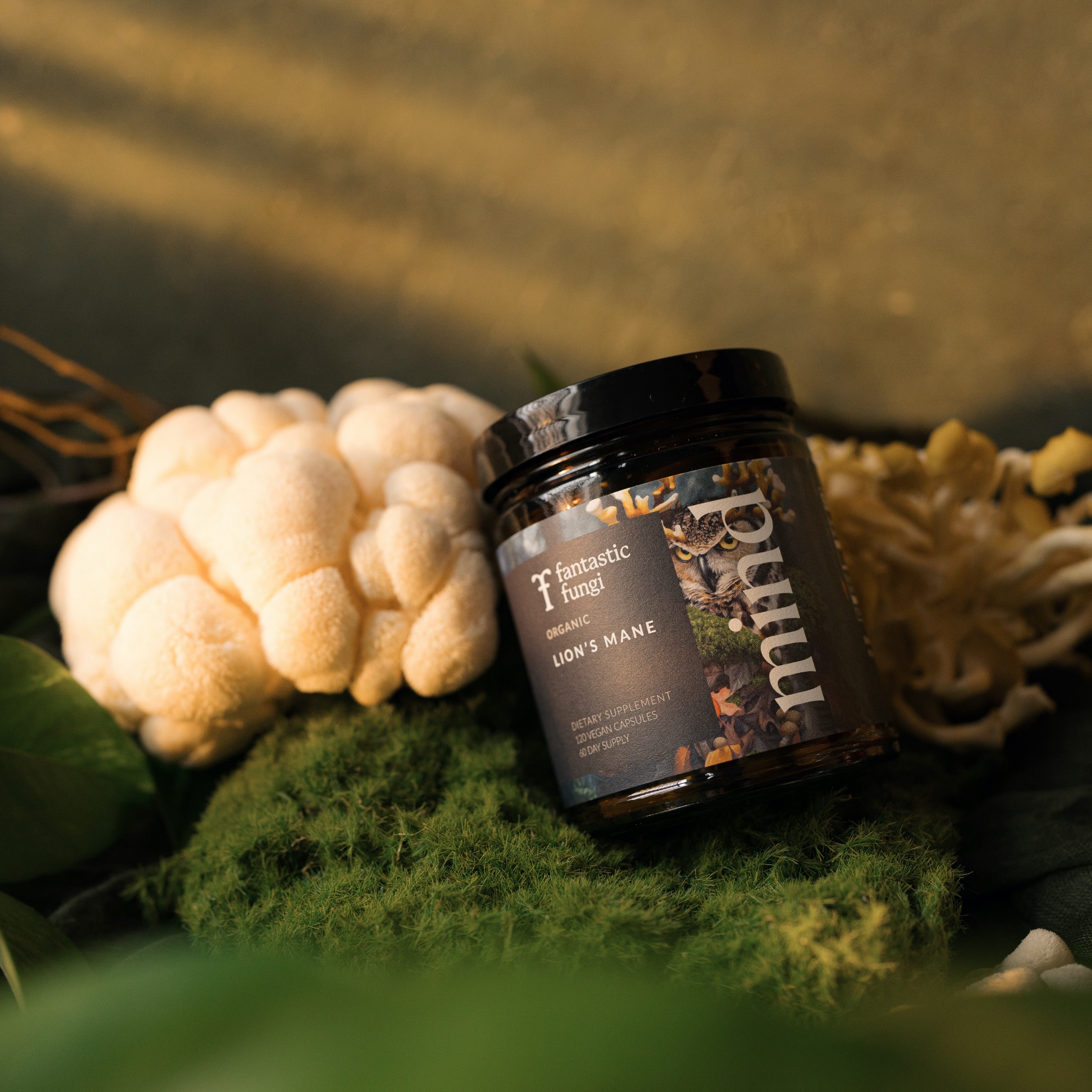
6 Underrated, Science-Backed Ways to Boost Focus and Feel Calmer
Back to school is almost upon us, and with that comes one of the busiest seasons of the year. Autumn is traditionally the time for harvest, to collect the fruits of our labor. For parents, it’s als...
Read more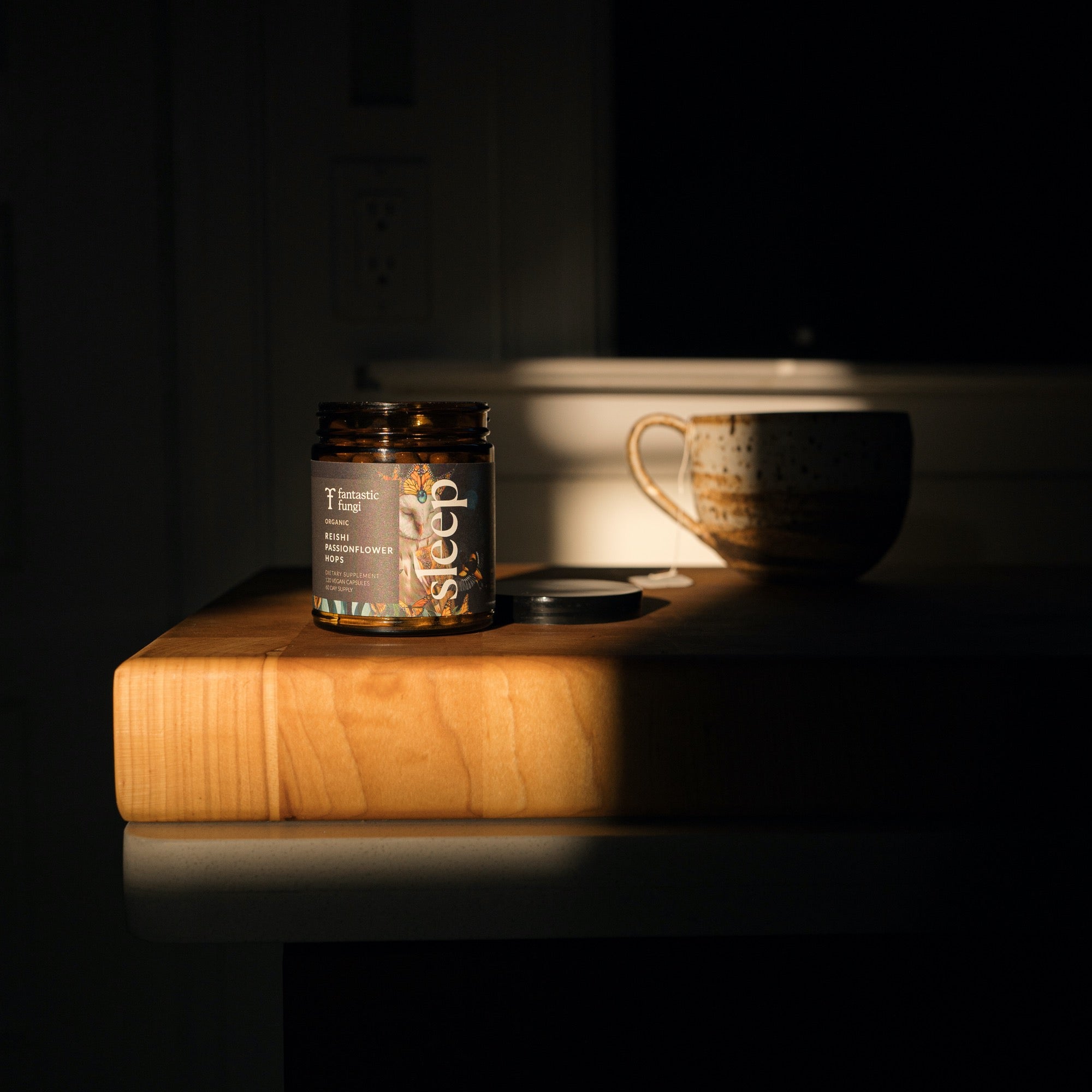
15 Simple Habits for a More Peaceful Evening
Recently, we shared a blog with 15 Habits to Help You Rise and Shine — and we heard that you love these lifestyle tips and habits. Once your morning routine is set, how about taking a look at your ...
Read more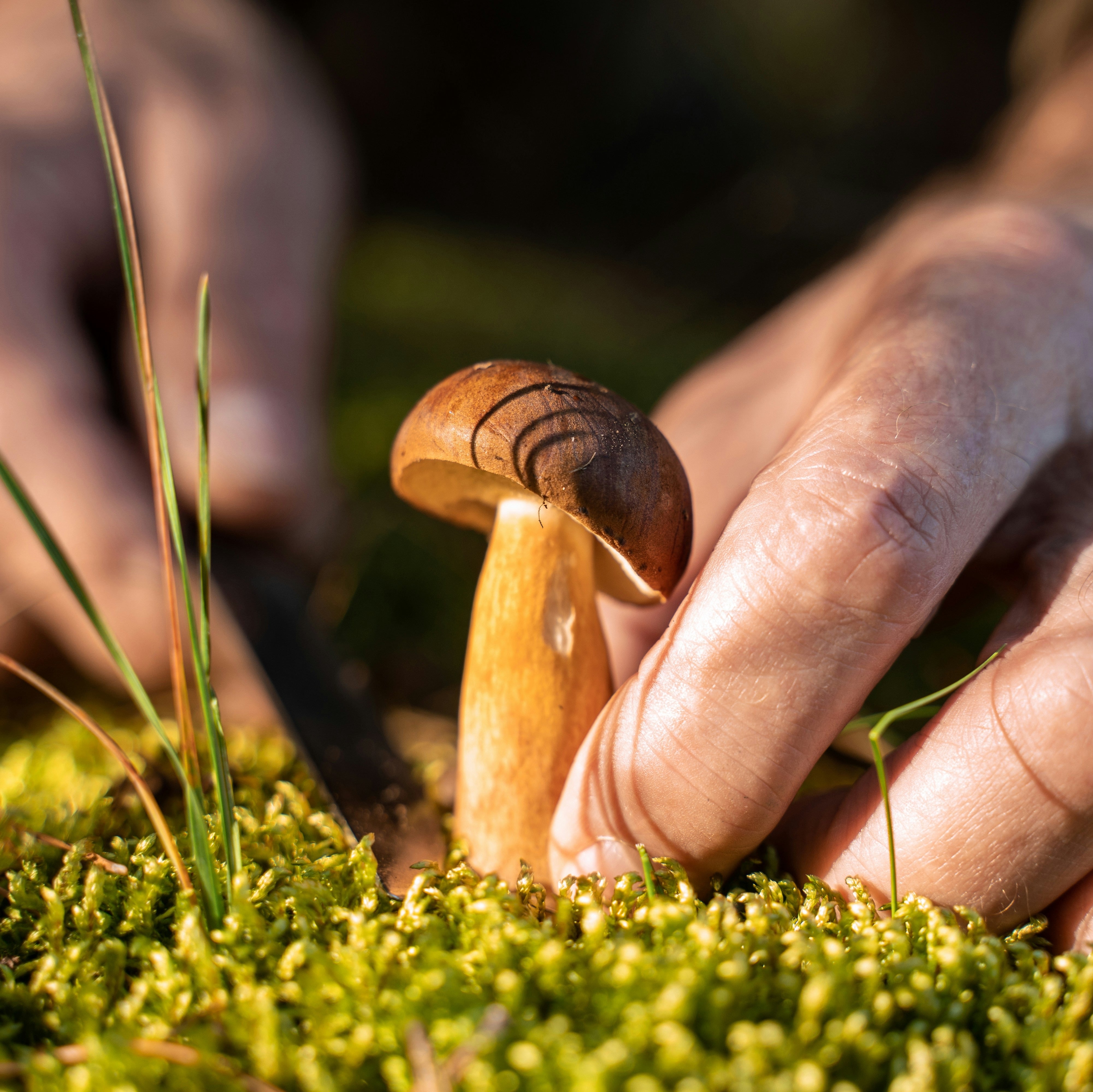
Practical Tips for Summer Foraging
Summer is one of the best times to get outside and hunt for your favorite mushrooms, from Chanterelles to Lion’s Mane. Many tasty species are in season right now, depending on your region. Before y...
Read more
15 Habits to Help You Rise and Shine
The first reviews of new Capsules are in, and the verdict is positive. You love the breathtaking artwork on each jar as much as you love the organic mushrooms and herbs within each formula. We know...
Read more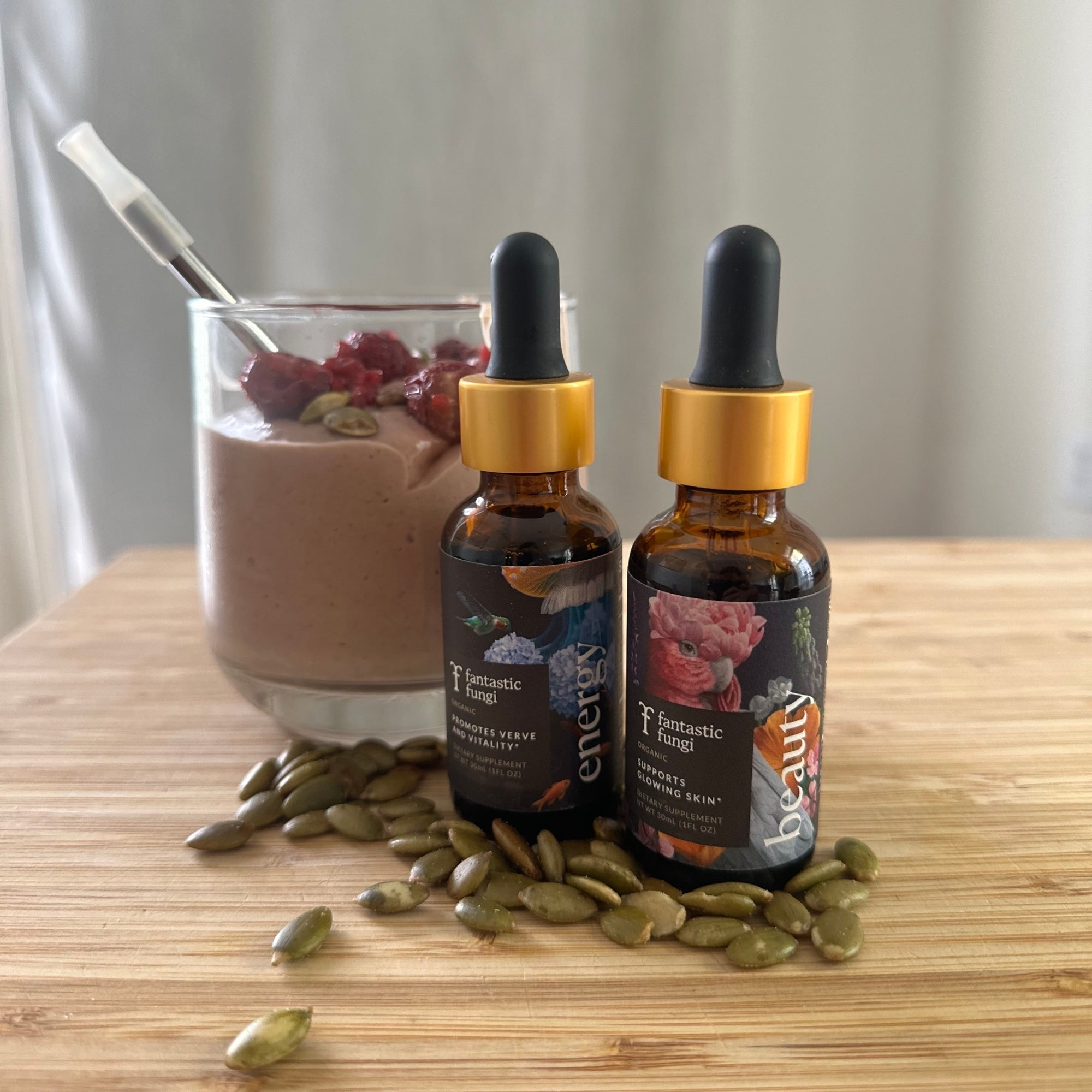
Recipe: The Fantastic Fungi Glow-Up Smoothie
Yes, it’s vegan! This tasty, simple Glow-Up Smoothie delivers the goodness of two of our favorite Elixirs. Beauty blends Tremella and Chaga organic mushroom extracts with Horsetail and Acerola Berr...
Read more
Why We Chose These 2 Herbs to Pair with Our Mushrooms
As we recently announced, we have launched a new collection of capsules featuring mushrooms. In addition to Wake, Protect and Mind, we’re thrilled to share that our Sleep Capsules are now available...
Read more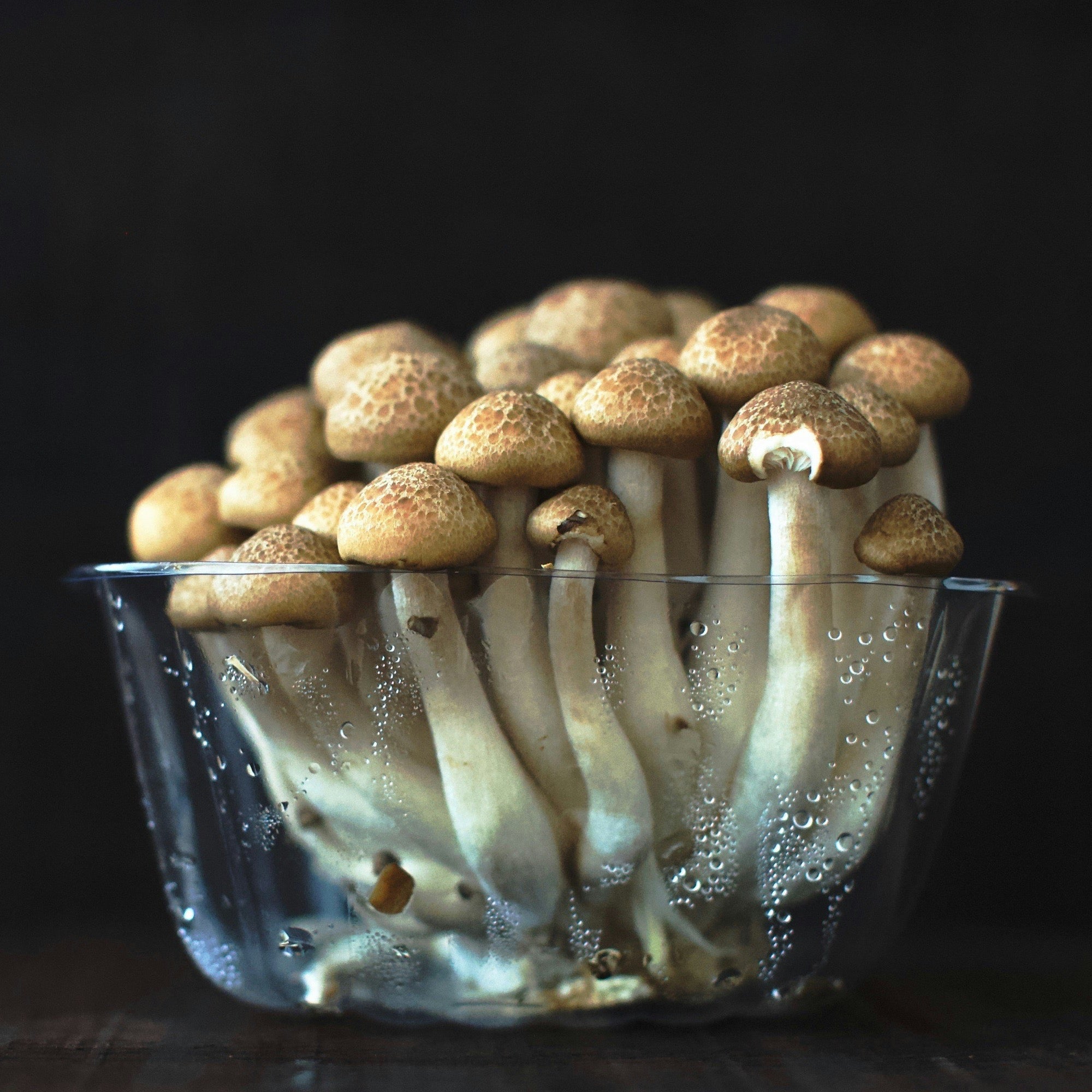
9 Creative and Tasty Ways to Preserve Mushrooms
Whether you cultivate your own mushrooms or have a knack for hunting them in the wild, the fear is real: How on earth can you use up all of your bounty before it spoils? Too many mushroom devotees ...
Read more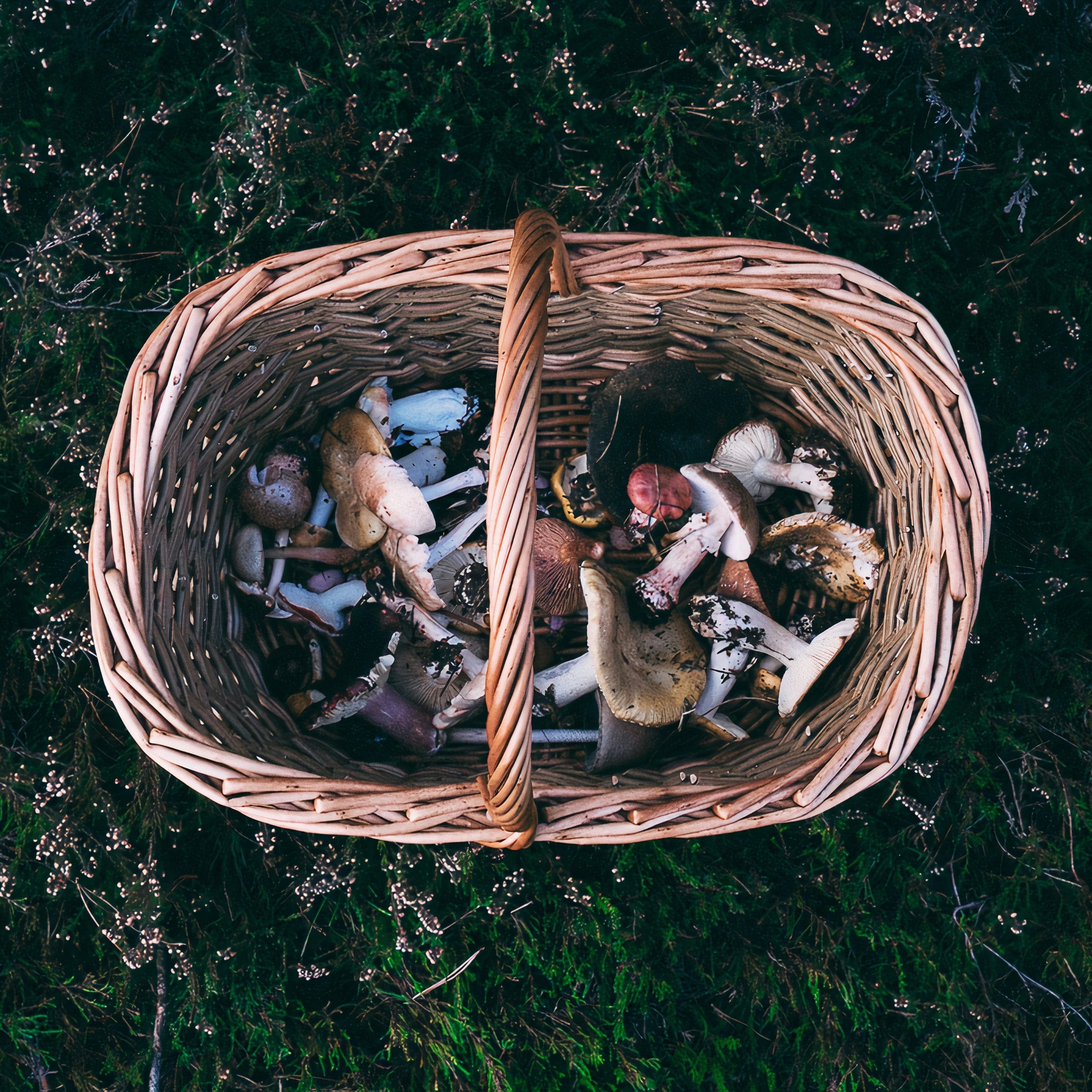
4 Important Mushroom Safety Tips Every Forager Should Follow
Every now and then, mushrooms make the news in such a way that reminds us of our place in the world. Nature is awe-inspiring and powerful, and the fungi kingdom is no exception. But nature’s power ...
Read more

